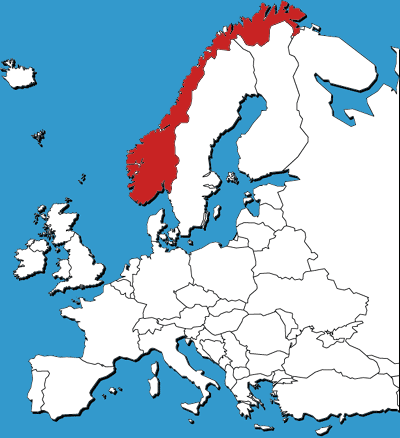
Circle the area on this map

D. While Norway has a life expectancy of 81 years and average annual income of $58,810, Zimbabwe has a life expectancy of just 47 years and per capita income of $176.
A. The countries improving most since 1970 are the Asian nations of Oman, China, Nepal, Indonesia, Saudi Arabia, Laos and South Korea and the north African nations of Tunisia, Algeria and Morocco.
C. While the United States is well ahead of New Zealand in income, the remote island nation ranks first in education and much higher in life expectancy. The top HDI nations in order are Norway, Australia, New Zealand, U.S., Ireland, Liechtenstein, Netherlands, Canada, Sweden and Germany.
A. The U.S. ranks 29th with an average life expectancy at birth of 79.6 years. Japan has the longest life expectancy at 83.2 years, and war-torn Afghanistan has the shortest at 44.6 years.